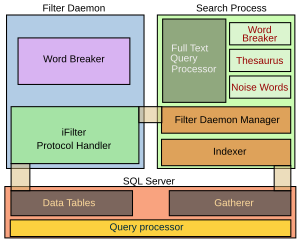What is SQL and where does it come from?
Structured Query Language (SQL) is a language that provides an interface to relational database systems. SQL was developed by IBM in the 1970s for use in System R, and is a de facto standard, as well as an ISO and ANSI standard. SQL is often pronounced SEQUEL.
In common usage SQL also encompasses DML (Data Manipulation Language), for INSERTs, UPDATEs, DELETEs and DDL (Data Definition Language), used for creating and modifying tables and other database structures.
The development of SQL is governed by standards. A major revision to the SQL standard was completed in 1992, called SQL2. SQL3 support object extensions and are (partially?) implemented in Oracle8 and 9.
What are the difference between DDL, DML and DCL commands?
- CREATE – to create objects in the database
- ALTER – alters the structure of the database
- DROP – delete objects from the database
- TRUNCATE – remove all records from a table, including all spaces allocated for the records are removed
- COMMENT – add comments to the data dictionary
- GRANT – gives user’s access privileges to database
- REVOKE – withdraw access privileges given with the GRANT command
DML is Data Manipulation Language statements. Some examples:
- SELECT – retrieve data from the a database
- SELECT – retrieve data from the a database
- INSERT – insert data into a table
- UPDATE – updates existing data within a table
- DELETE – deletes all records from a table, the space for the records remain
- CALL – call a PL/SQL or Java subprogram
- EXPLAIN PLAN – explain access path to data
- LOCK TABLE – control concurrency
DCL is Data Control Language statements. Some examples:
- COMMIT – save work done
- SAVEPOINT – identify a point in a transaction to which you can later roll back
- ROLLBACK – restore database to original since the last COMMIT
- SET TRANSACTION – Change transaction options like what rollback segment to use


No comments:
Post a Comment